Blake Lively and Ryan Reynolds’ choice of Boone Hall Plantation & Gardens as their wedding venue has been criticized in the media.
This location, known for its picturesque beauty, also carries a history that cannot be ignored.
As we explore its enchanting allure, we must also acknowledge the troubling past associated with its history of slavery and racism.
Let’s delve into 10 fascinating and controversial facts about this famous venue, balancing its aesthetic appeal with its complex legacy.
1. A Southern Charm
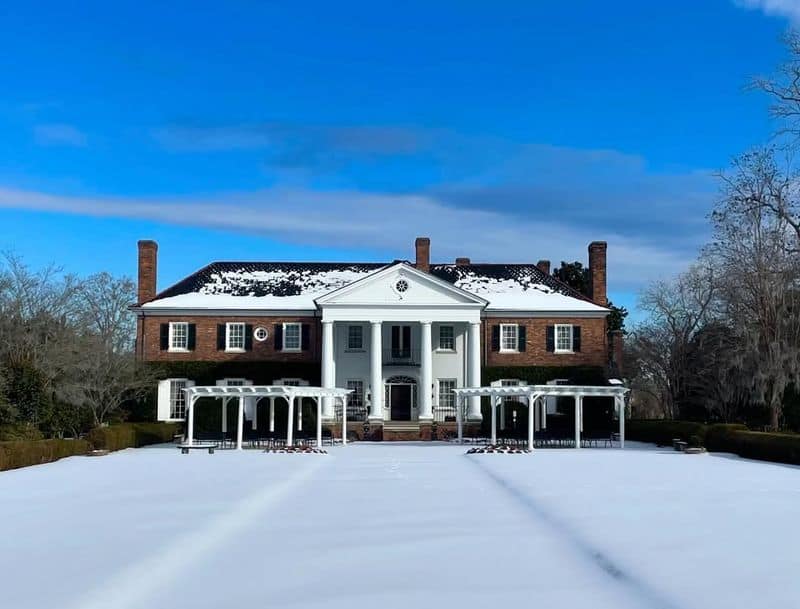
Boone Hall Plantation & Gardens is renowned for its Southern charm and picturesque beauty.
The grand entrance, lined with centuries-old oak trees draped in Spanish moss, sets a romantic scene reminiscent of a fairy tale.
Visitors and couples alike are captivated by the plantation’s idyllic landscape, which provides a stunning backdrop for any occasion.
However, beneath its charming exterior lies a complex history.
The plantation’s beauty is intertwined with its past, where it once played a significant role in the American South’s agricultural economy, relying heavily on enslaved labor.
2. The Gullah Culture
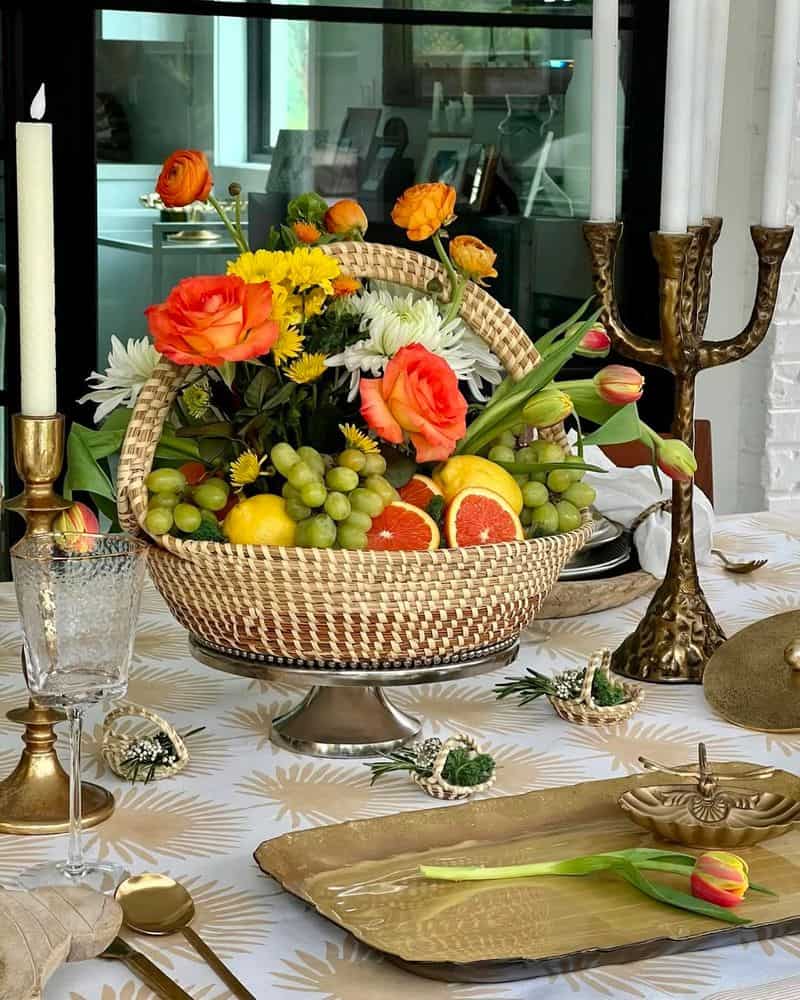
Boone Hall is committed to preserving the Gullah culture, an integral part of its history.
The Gullah people, descendants of enslaved Africans, have a rich cultural heritage that is showcased through educational programs and reenactments at the plantation.
Visitors can experience authentic Gullah storytelling, crafts, and music, offering a glimpse into the vibrant traditions that have endured through generations.
This preservation effort is both an attraction and a reminder of the lives and contributions of those who lived and worked there, making it a site of cultural significance.
3. The Controversial Past
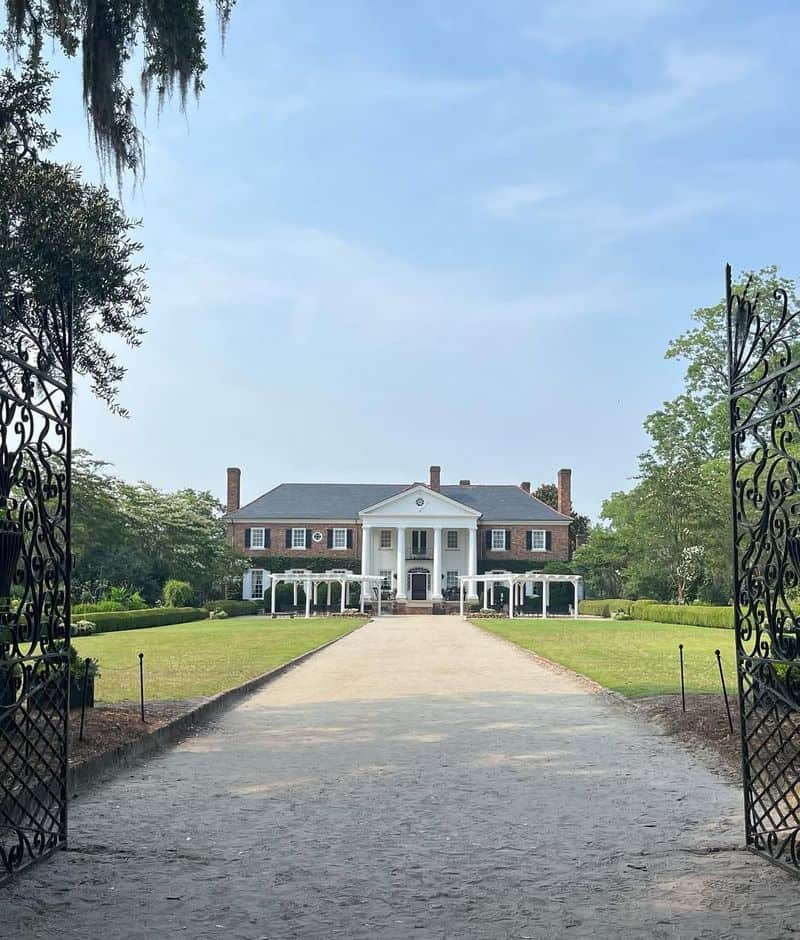
The plantation’s history is marred by its association with slavery.
Boone Hall’s slave quarters stand as a testament to the enslaved people who lived and toiled there.
These preserved buildings serve as a stark and somber reminder of the brutal realities of the past.
The plantation offers tours that educate visitors about the harsh conditions faced by enslaved individuals, hoping to foster a deeper understanding of this dark chapter in American history.
While the site’s beauty is undeniable, its legacy of oppression cannot be overlooked, adding a layer of complexity to its allure.
4. Hollywood’s Love Affair
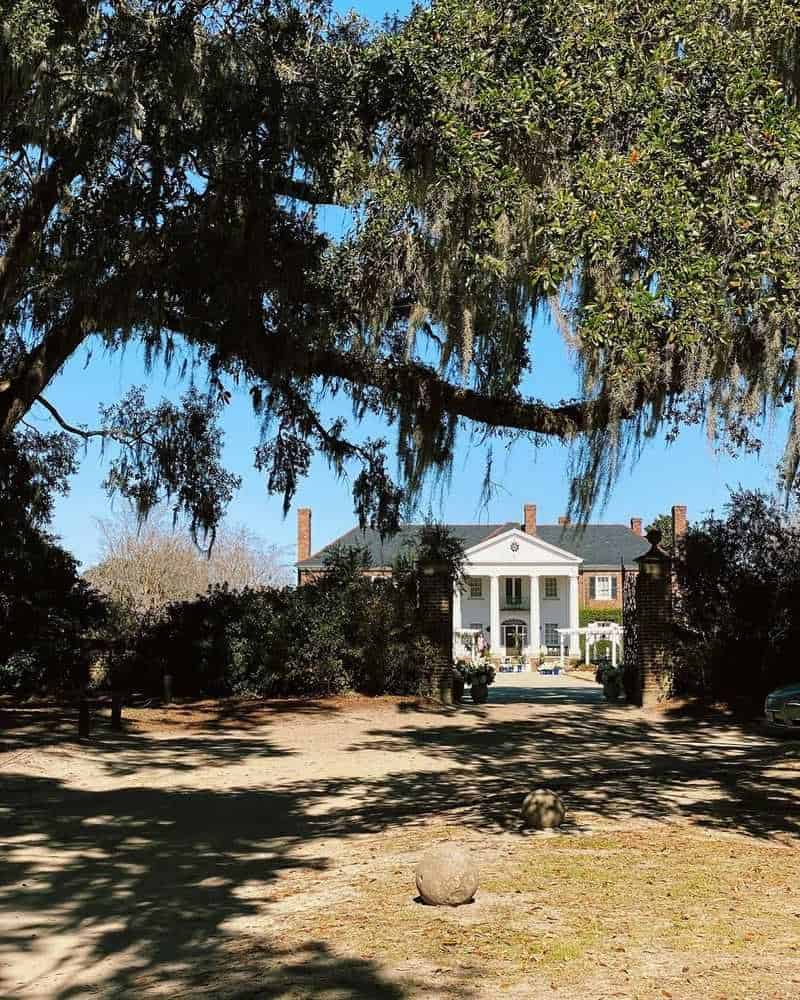
Boone Hall has captured Hollywood’s imagination, serving as a filming location for several famous movies and TV shows.
Its stunning scenery and historic architecture make it an ideal backdrop for period pieces and romantic dramas.
Productions such as ‘The Notebook’ have utilized the plantation’s picturesque settings to enhance their storytelling.
This connection to popular culture has boosted the venue’s appeal, drawing fans eager to walk in the footsteps of their favorite characters.
The plantation’s role in film highlights its versatile charm and ability to transcend its historical context.
5. Gardens of Splendor
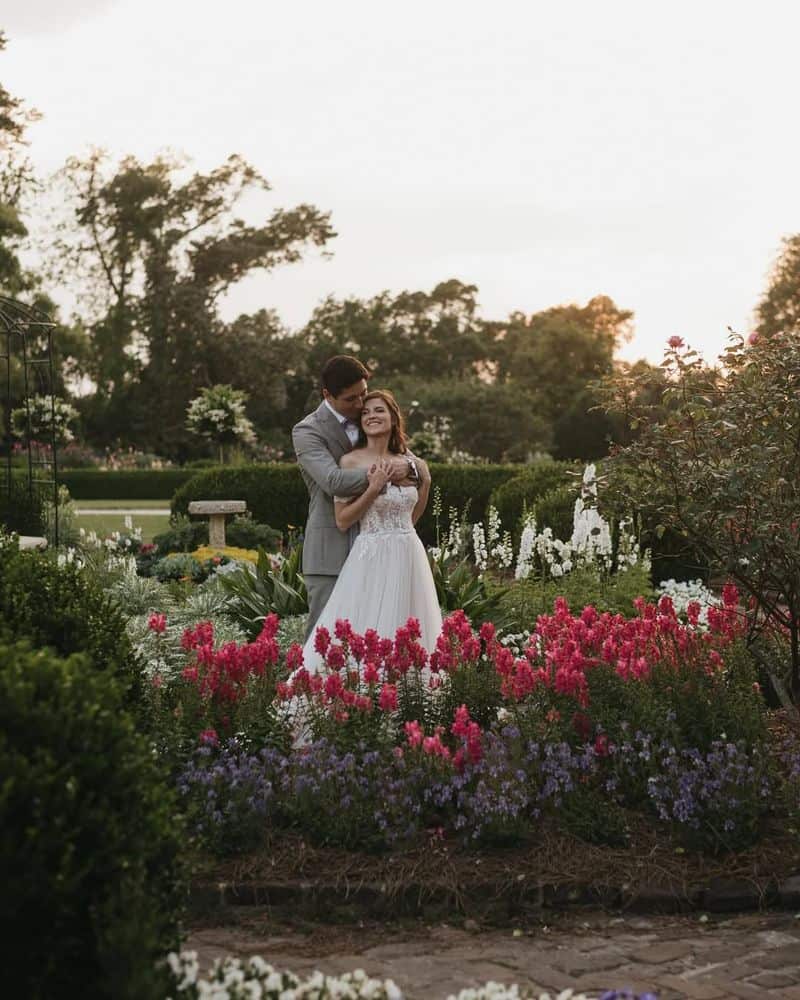
The gardens at Boone Hall are a horticultural delight, showcasing an array of vibrant flowers and meticulously maintained landscapes.
Visitors can explore the beautiful gardens, which change with the seasons, offering new visual delights throughout the year.
These gardens are not only a testament to nature’s beauty but also reflect the plantation’s agricultural heritage.
The gardens provide a peaceful retreat from the complex history of the site, allowing visitors to appreciate the plantation’s natural splendor and the careful stewardship of its grounds.
6. A Venue for Celebrities
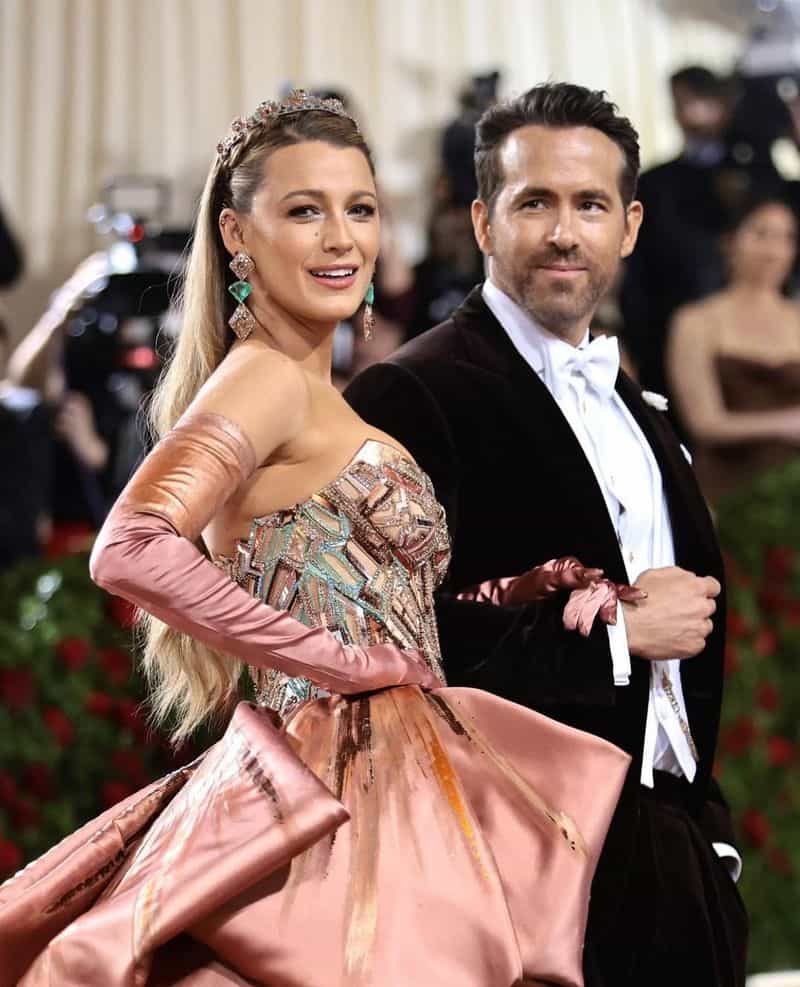
The plantation gained fame as the wedding venue for celebrities like Blake Lively and Ryan Reynolds, adding to its allure.
Their choice brought attention to the site’s beauty and elegance, making it a sought-after location for high-profile events.
However, this spotlight also reignited discussions about the appropriateness of using such a historically charged location for celebratory occasions.
While the venue offers stunning settings for unforgettable events, it also challenges guests to reflect on its historical significance and the implications of choosing such a venue.
7. Architectural Elegance
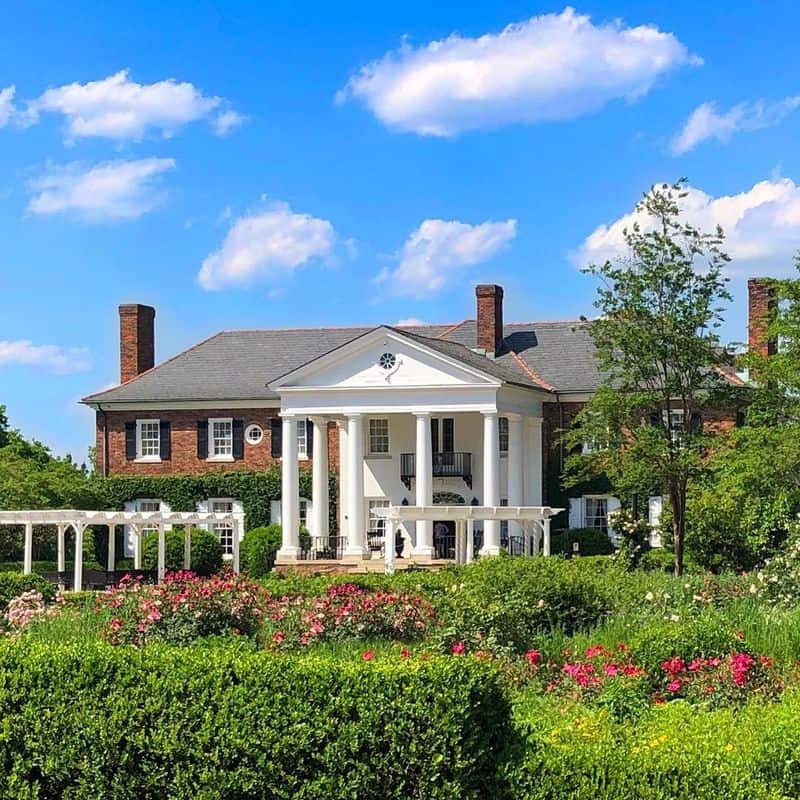
Boone Hall’s main house is an example of Colonial Revival architecture, exuding elegance and grandeur.
The stately mansion, with its striking columns and expansive porches, epitomizes Southern architecture at its finest.
The interior boasts historical furnishings and decor, offering visitors a glimpse into the opulent lifestyle of its past residents.
8. A Living History
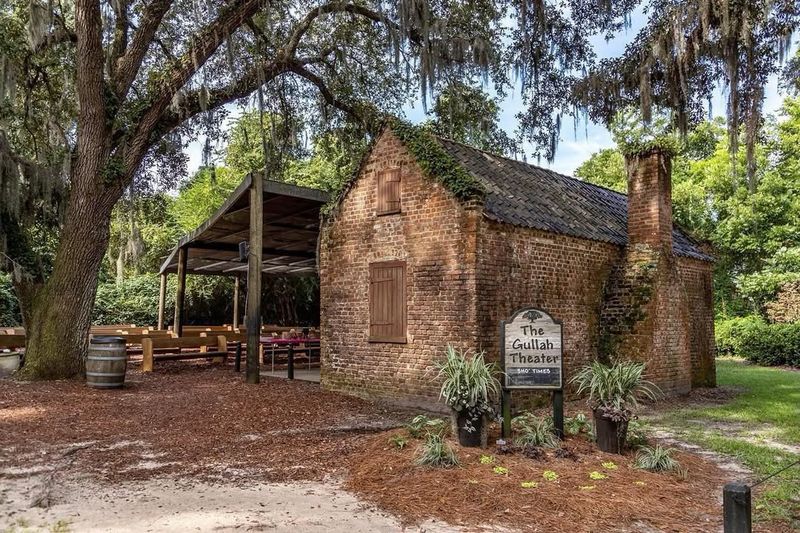
Boone Hall offers living history presentations that bring the plantation’s past to life.
Historical interpreters, dressed in period costumes, reenact scenes from the plantation’s history, providing an engaging way to learn about its complex narrative.
These events aim to educate visitors about the daily lives of those who lived and worked there, both free and enslaved.
This immersive approach helps bridge the gap between past and present, making history accessible and engaging while acknowledging the plantation’s multifaceted legacy.
9. Educational Opportunities
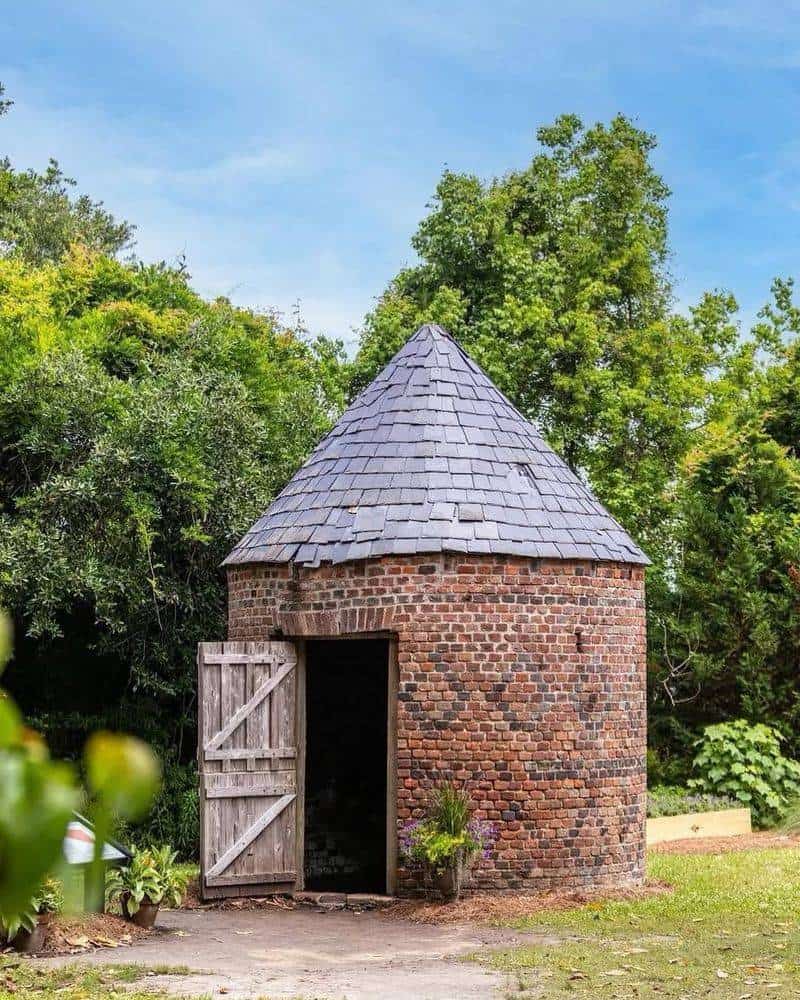
The plantation offers a variety of educational programs for students and visitors, focusing on its historical and cultural significance.
These programs are designed to foster understanding and awareness of the plantation’s past, including its role in slavery.
Interactive tours and workshops provide valuable insights into the lives of the people who lived and worked on the plantation, promoting dialogue and reflection.
By offering education alongside its natural beauty, Boone Hall strives to be a place of learning and remembrance, encouraging a nuanced understanding of its history.
10. The Beautiful, Troubled Legacy
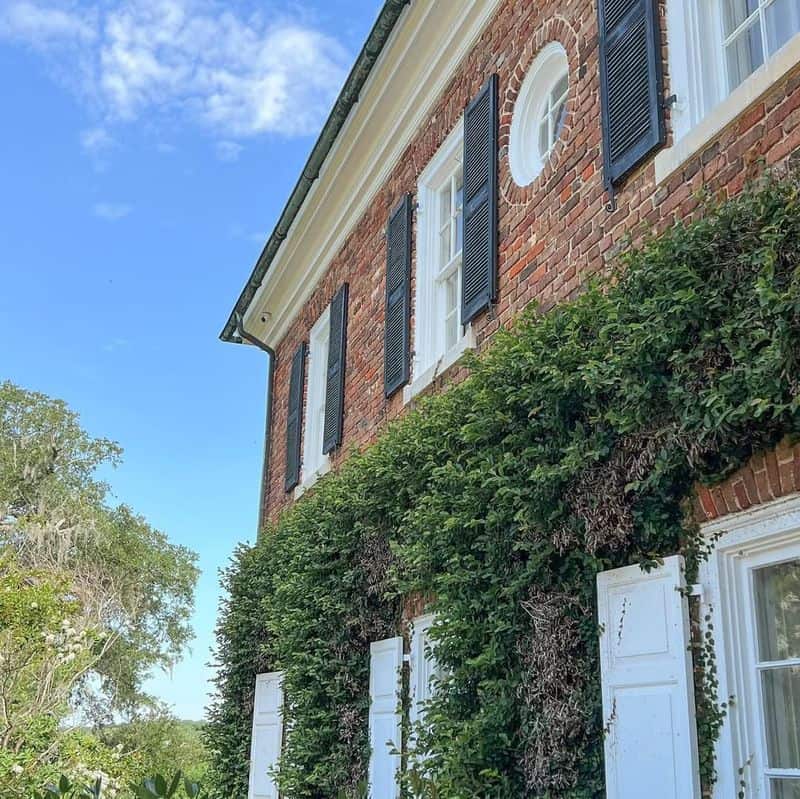
Boone Hall Plantation is a place of contrasts, where beauty and history intersect.
Its scenic landscapes and charming architecture enchant visitors, yet beneath this allure lies a legacy of pain and struggle.
This dual nature challenges visitors to appreciate its aesthetic appeal while also confronting the uncomfortable truths of its past.
Boone Hall symbolizes the complex interplay between preserving beauty and acknowledging historical injustices, making it a powerful site for reflection.

